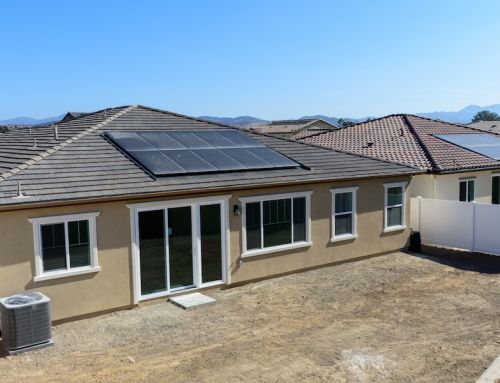Energy Audit – When to get one

It seems that we are always recommending, after we do an initial utility bill analysis that people should get an Energy Audit. The cost of these audits are fairly inexpensive from $100 on up depending on the size of the structure your testing. I explain it to people like this. An energy audit is a very thorough examination of your home or business. They perform test such as blower door tests looking for whole structure leakage. HVAC ventilation testing on supply and return sides looking for leakage and flow. Checking for any gas leakage. They will also be evaluating proper insulation and levels. My recommendation is to always find a building performance institute (BPI) certified auditor and talk directly with them or whomever is doing the testing to verify everything they will be looking at. Some auditors do more than others. Just remember that when they are done you will receive a certified report of your structures positive and negatives. Think of it as a report card for your home or business. Typically, they will also show you what corrective action or upgrades if any you can or should be taking. This is great information especially when looking at the design phase of a solar or battery system. We will use the information provided to design a system analysis based on any upgrades you have picked from no upgrades to every upgrade recommended. It is always amazing when someone chooses to reduce energy waste prior to installing a solar system. There is always a significant increase in their return-on-investment.
Typical home energy improvements:
- Air Barrier – Seal air leaks around floors, walls, ceilings, windows, doors, and any openings with caulking, spray foam, and/or weather stripping. Warm air leaking into your home during the summer and out of your home during the winter can waste a lot of your energy = money. The potential energy savings from reducing structure leakage may range from 2-5% to 20-30% a year, and the home or business is typically much more comfortable after.
- Add or replace insulation in the attic or crawl spaces. Exterior walls are important to consider in conjunction with air sealing to help keep your cool air in during the summer and warm air in during the winter. Increasing your structures R-value or insulation value is typically one of the fastest and most cost savings way to reduce energy waste.
- Program or install programmable thermostats that save energy by automatically regulating your home or businesses temperature when you are home or away. Todays programable Thermostats are not like they used to be. Think NEST with auto programming features that basically program themselves. You can potential save as much as 10% a year on your cooling and heating bills by simply turning your thermostat back 10% to 15% for 8 hours.
- Ensure A/C ducts are sealed and make sure they are straight and properly connected. Many duct systems are not insulated properly, or worse yet have gaps or holes where air is leaking into your attic space. You can potentially lose up to 60% of your cooled and heated air before it reaches the space its intended for. Stop cooling or heating your uninsulated attic.
- Replace or tune-up heating and cooling systems. Heating and cooling your home uses more energy than any other system in your home. Typically, 65% of a home utility bill goes to cooling and heating. By combining proper equipment and regular maintenance with the appropriate insulation, air sealing, and thermostat settings, you can cut your energy use for heating and cooling from 65%of your energy costs to 45% or sometimes as much as 20% of your energy costs.

- Install an energy-efficient hot water heater, such as an energy-efficient tank water heater or an on-demand tankless water heater. Water heating is another large energy expense. Typically accounting for roughly 10%-25% of your utility bill. Also consider putting your re-circulation pump on a timer. Do you really need instant hot water at 3A.M.?
- Upgrade household appliances to ENERGY STAR products. Appliances are another large user of energy. Especially that 15-year-old clothes dryer that you never want to move again.
- Install energy efficient lighting – There is a lot to choose from so start updating. You only need to change 5 to 10 a month. It will take no time to have them all changed out. One 100Watt incandescent bulb of yester years is equal to ten LEDs of comparable Lumens and light. Food for thought.
- Install more energy efficient windows, doors, and skylights by looking for ENERGY STAR products. Usually this replacement has more to do with the installation than the window. I see more installations that are bad then windows, but yes dual pane is better than single and triple pane is better than dual. It could be argued that window replacements are over prescribe but when it’s 110 deg. outside there is a difference. Just always be aware of the price.
Considering Options For Energy Savings Upgrades
Too often the improvements with some potential large benefits aren’t always obvious. Air barrier, insulation and sealing may not be overly sexy, but they can make significant impact from a return-on-investment analysis better than say new windows or a solar plus storage system. Therefore, it’s better to start with where and how you use energy and power. Then you have a sure-fire way to measure the small incremental upgrades you will or have been making.
Remember that regardless of your budget, home energy upgrades can always be an ongoing process that will improve the comfort and quality of your indoor environment. All while saving energy and ultimately your money. If you don’t take that first step, however, you aren’t saving anything — so get started now!





